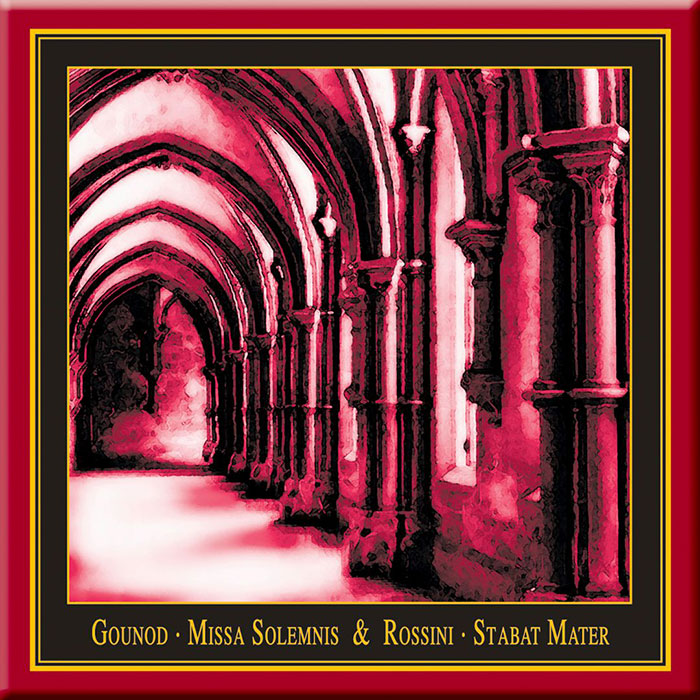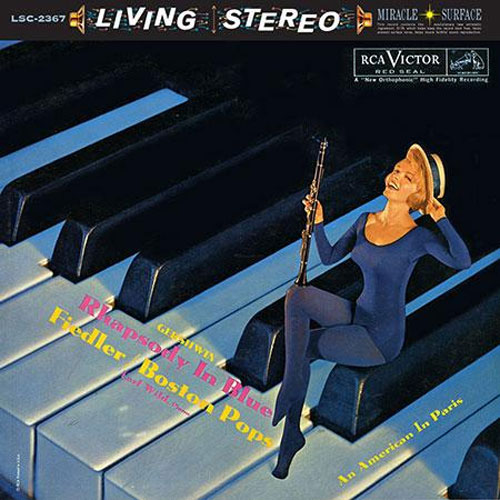Logowanie
Dlaczego wszystkjie inne nie brzmią tak jak te?
Chai Lang, Fan Tao, Broadcasting Chinese Orchestra
Illusive Butterfly
Butterly - motyl - to sekret i tajemnica muzyki chińskiej.
SpeakersCorner - OSTATNIE!!!!
RAVEL, DEBUSSY, Paul Paray, Detroit Symphony Orchestra
Prelude a l'Apres-midi d'un faune / Petite Suite / Valses nobles et sentimentales / Le Tombeau de Couperin
Samozapłon gwarantowany - Himalaje sztuki audiofilskiej
PROKOFIEV, Stanislaw Skrowaczewski, Minneapolis Symphony Orchestra
Romeo and Juliet
Stanisław Skrowaczewski,
✟ 22-02-2017
BARTOK, Antal Dorati, Philharmonia Hungarica
Dance Suite / Two Portraits / Two Excerpts From 'Mikrokosmos'
Samozapłon gwarantowany - Himalaje sztuki audiofilskiej
ENESCU, LISZT, Antal Dorati, The London Symphony Orchestra
Two Roumanian Rhapsodies / Hungarian Rhapsody Nos. 2 & 3
Samozapłon gwarantowany - Himalaje sztuki audiofilskiej
Winylowy niezbędnik
ClearAudio
Cartridge Alignment Gauge - uniwersalny przyrząd do ustawiania geometrii wkładki i ramienia
Jedyny na rynku, tak wszechstronny i właściwy do każdego typu gramofonu!
ClearAudio
Harmo-nicer - nie tylko mata gramofonowa
Najlepsze rozwiązania leżą tuż obok
IDEALNA MATA ANTYPOŚLIZGOWA I ANTYWIBRACYJNA.
Wzorcowe
Carmen Gomes
Celebrating the art and spirit of music - vol. 5 - Reference Songs
- CHCECIE TO WIERZCIE, CHCECIE - NIE WIERZCIE, ALE TO NIE JEST ZŁUDZENIE!!!
Petra Rosa, Eddie C.
Celebrating the art and spirit of music - vol. 3 - Pure
warm sophisticated voice...
SAMPLER - STS DIGITAL, Gregor Hamilton
Celebrating the art and spirit of music - vol. 2 - Love songs from Gregor Hamilton
...jak opanować serca bicie?...
SAMPLER - STS DIGITAL
Celebrating the art and spirit of music - vol. 1 - Leonardo Amuedo
Największy romans sopranu z głębokim basem... wiosennym
Lils Mackintosh
Celebrating the art and spirit of music - vol. 4 - A Tribute to Billie Holiday
Uczennica godna swej Mistrzyni
GOUNOD, ROSSINI, Jurgen Budday, Symphony Orchestra of the Southwest Germany Radio, Baden-Baden
Missa Solemnis - Cacilien-Messe; Stabat Mater - Oratorium
- CD I
- Messe solennelle de Sainte-Cécile
- by Charles Gounod (1818-1893)
- 1. Kyrie (Choir & Soli)
- Kyrie eleison, Christe eleison (5:20)
- 3. Credo (Choir & Soli)
- Credo in unum Deum (13:06)
- 7. Agnus Dei (Choir & Soli)
- Agnus Dei / Lamm Gottes (5:49)
- CD II
- Stabat Mater
- by Gioacchino Rossini (1792-1868)
- 1. Introduzione (Soli & Coro)
- 2. Aria (Tenor)
- Cujus anumam gementem...
- 4. Aria (Bass)
- Pro peccatis suae gentis...
- 6. Quartetto (Soli)
- Sancta Mater, istud agas...
- 8. Aria e Coro (Soprano I & Coro)
- Inflammatus et accensus...
- 10. Finale (Coro)
- In sempiterna saecula. Amen.
- Jurgen Budday - conductor
- Symphony Orchestra of the Southwest Germany Radio, Baden-Baden - orchestra
- GOUNOD
- ROSSINI
NAGRANIE ZE SŁYNNEJ KOLEKCJI KLASZTORU MAULBRONN - NAJLEPSZA AKUSTYKA NA ŚWIECIE
Performed by the Maulbronn Cantor Choir, Svetlana Strezeva (Soprano), Jolanta Michalska-Taliaferro (Alto), Willi Stein (Tenor), Nikita Storojev (Bass) and Members of the SWR-Symphony-Orchestra Baden-Baden & Freiburg Conductor: Jürgen Budday A concert recording from the church of the German UNESCO World Heritage Site Maulbronn Monastery DDD · Double Album · c. 130 Minutes „Messe solennelle de Saint-Cécile“ by Charles Gounod (1818-1893) Charles Gounod has become famous for his opera „Margarete“ above all. It is hardly known that his first passion was clerical music. The „Messe solennelle de Saint-Cécile“ is worth to be called the most beautiful among his numerous clerical compositions. The work is distinguished by a maze of marvellous melodies, an extremly lined-up orchestra and the harmonious interconnection of solists and choir. The first staging of the mass was in November, 22. 1855 at St. Eustache in Paris. Gounod wrote the work for the celebration of St. Cecile, who is the patroness of clerical music. With certain instinct he combined the dramatic counterparts of clerical music and motifs and melodies of the Grand Opera. The plain covering figures of the orchestra above all give a uniform mood to the sets of the mass, which manifests itself in sacral dignity. „Stabat Mater“ by Gioacchino Rossini (1792-1868) Heinrich Heine described Ronssin‘s Music as „deeply experiences and yet naive, adequate to the enormous martyrdom but in the same moment childlike.“ He felt gracefulness within the very terror and thus understood its visionary character. Only after his carrer as an opera composer, Rossini turned to clerical music. In his compositions he used to mix up traditionel stiles with opera-like gesture to mark the dramatical content of the lyrics. According to the Italian tradition of clerical music Rossine devided the mediaeval sequenz of „Stabat Mater“ clearly into solo- and ensemble-sets. The „Stabat Mater“ covers as well opera-like as traits of clerical music: sweeping melodies and drifting rhythms combine with sections, composed in old stile.




























